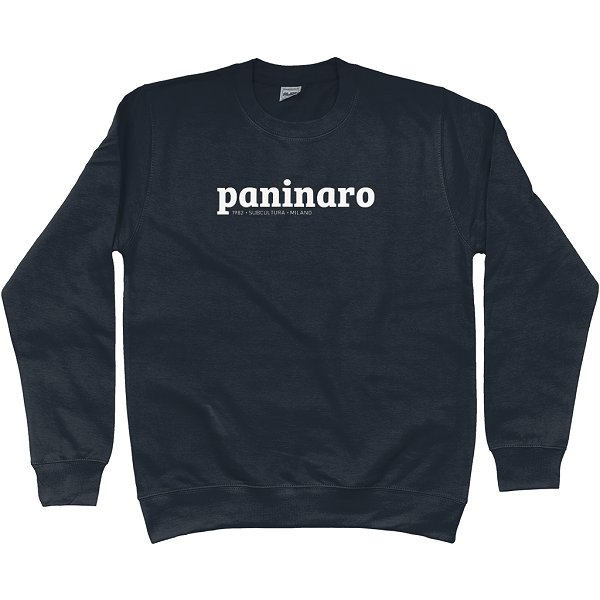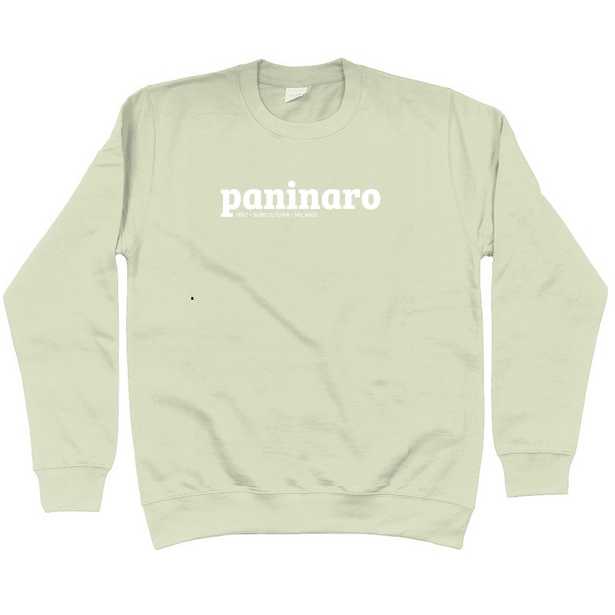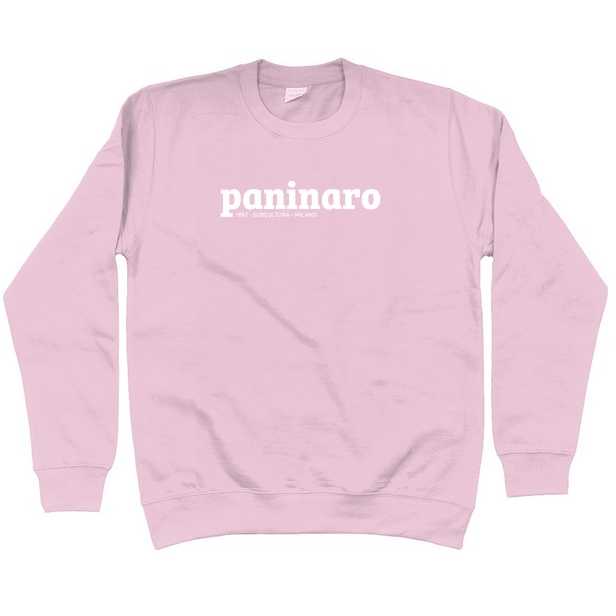The Paninaro Subculture Movement: A Symbol of Youth, Fashion, and Consumerism
The Paninaro movement, born in Milan during the early 1980s, was one of the most distinctive youth subcultures in postwar Italy. Rooted in fashion, consumerism, and rebellion through style rather than politics, the Paninari represented a generation captivated by Western ideals of wealth, leisure, and appearance. Whilst the Casual subculture that was sweeping through the United Kingdom at the same time had its roots in football and terrace culture, the Paninaro story offered a fascinating glimpse into Italy’s social and economic landscape during the 1980s, a period marked by prosperity, cultural change, and the rise of mass media.
Origins: Milan, Fashion, and the Rise of the “Panino” Generation
The name *Paninaro* derives from *panino*, the Italian word for sandwich. It references the café where these stylish youths first gathered - Al Panino, a popular sandwich bar in central Milan near Piazza San Babila. This area was the heart of Italy’s fashion and business district, frequented by young people from affluent families who were drawn to the glamour and consumer energy of the time.
The early 1980s in Italy were characterized by economic optimism. The country was experiencing rapid modernization, and Milan, as its financial capital, became a symbol of the “Made in Italy” boom. Italian brands such as Armani, Versace, and Fiorucci dominated global fashion, and luxury goods were increasingly seen as symbols of status and success. Within this atmosphere, the Paninari emerged as the embodiment of youthful materialism and Westernized consumer culture.
Aesthetics and Lifestyle: The Paninaro Look
Fashion was the cornerstone of Paninaro identity. Unlike other European youth movements that expressed political or artistic ideologies, such as the punks in Britain or the autonomists in Italy, the Paninari expressed themselves through brands. They favoured American preppy and sporty styles, mixing them with Italian luxury fashion.
Typical Paninaro attire included Moncler down jackets, Timberland boots, Levi’s 501 jeans, and Best Company or CP Company sweatshirts. Accessories like Ray-Ban sunglasses and Swatch watches were essential status symbols. The Paninari cultivated a clean, affluent look that signified not rebellion against society, but a desire to belong to the world of consumerism and glamour.
Music also played an important role in the subculture. The Paninari were drawn to Italo disco and the early sounds of American pop, with artists like Duran Duran, Pet Shop Boys, and Wham! reflecting their upbeat, fashionable lifestyles. In fact, the British duo Pet Shop Boys released a 1986 song titled “Paninaro,” inspired by the Milanese youth movement and its obsession with fashion, ego, and style.
SHOP THE PANINARO LOOK
Values and Attitudes: Rebellion Through Consumption
The Paninari represented a shift from traditional forms of youth rebellion. In the politically charged Italy of the 1970s—marked by student movements, left-wing radicalism, and the “Years of Lead”—young people often defined themselves through ideology. By contrast, the Paninari of the 1980s were apolitical, individualistic, and consumer-oriented.
Their rebellion was not against capitalism or the establishment, but rather against austerity and seriousness. They rejected the intellectual and political struggles of their parents’ generation, embracing instead a lifestyle centred on pleasure, image, and personal freedom. Their meeting spots—bars, shopping malls, and fast-food restaurants like the first Italian McDonald’s in Milan—became social arenas for displaying style and affluence.
Media and Cultural Impact
The Paninaro phenomenon quickly spread beyond Milan to other Italian cities such as Turin, Rome, and Bologna. Italian media played a key role in popularizing the movement. Magazines like “Il Paninaro” and “Cucador” showcased their fashion trends and slang, turning the subculture into a commercial and cultural sensation.
The Paninari even developed their own unique vocabulary, blending Italian and English words to sound cosmopolitan. Terms like “figo” (cool), “sfitinzia” (girlfriend), and “trendy” became part of the youth lexicon. This linguistic creativity reinforced their image as trendsetters who defined modern Italian youth culture.
However, not everyone viewed the Paninari positively. Critics accused them of superficiality and materialism, seeing them as the products of an increasingly capitalist and media-driven society. To many, they symbolized the decline of political engagement among young Italians and the rise of a culture obsessed with image over substance.
Decline and Legacy
By the late 1980s, the Paninaro movement began to fade as fashion trends changed and Italy entered a new political and cultural phase. Yet its influence endured. The Paninari helped establish Italy as a hub of youth fashion and consumer culture, paving the way for later generations defined by style, branding, and lifestyle choices.
Today, the Paninaro era is remembered with nostalgia. In contemporary Italian fashion and pop culture, the movement is often celebrated as a colourful symbol of 1980s optimism and Milanese identity. Its aesthetics have even inspired modern designers and streetwear brands seeking to capture the playful luxury of that decade.
The Paninaro subculture was more than a fashion statement—it was a reflection of Italy’s social transformation during the 1980s. Emerging in the economic and cultural heart of Milan, the movement embodied the dreams and contradictions of a generation growing up in an era of prosperity, globalization, and mass media.
While the Paninari may have been criticized for their materialism, their influence on Italian culture and global youth identity is undeniable. They represented a new kind of rebellion: one expressed not through politics or protest, but through consumption, aesthetics, and the pursuit of style. In many ways, the Paninari were the first modern influencers—living proof that fashion and identity are deeply intertwined in the story of contemporary youth culture.
The Magic Sq. celebrates the Paninari youth movement with our Paninaro Collection, a series of sweatshirts and t-shirts that pay homage to this iconic 80s subculture.




